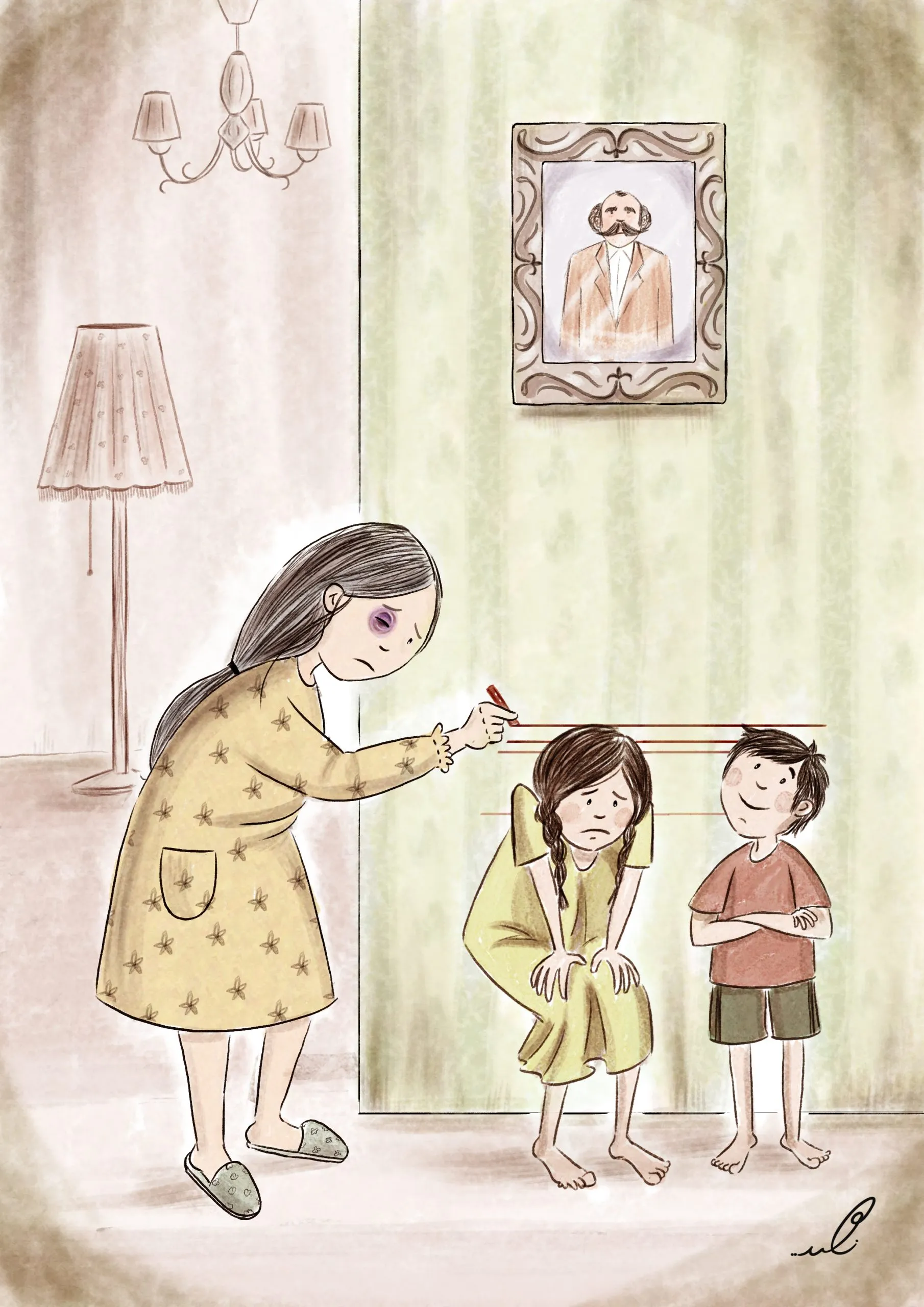Remember at the beginning of the month when I said that I chose cartoons for this month’s topic because it’s winter and I wanted to laugh? Well, that plan backfired spectacularly. This week I looked at the political cartoons of artists from around the world and I’m not laughing. I’m not even smiling. Which is ironic, because unlike the Sunday when I introduced this month’s topic, it’s not raining today. Far from it. The sun is shining and the sky is a brilliant blue. And I am thoroughly depressed.
I suppose I should back things up a bit. I started off the week eager to discover political cartoonists from around the world. Last week’s history lesson was decidedly Euro-American-centric, so I wanted to expand my horizons. This led me to read a fascinating history of cartooning in Japan, tracing its rise and fall throughout recent centuries. It noted that because so many of Japan’s leaders and authorities were shrouded in mystery in the past, they were notoriously difficult to lampoon. Cartoonist Honda Kinkichirō was a notable exception, publishing many prominent cartoons in the 19th century. But overall, this article was but a mere foreshadowing of the myriad of difficulties cartoonists face. Many of which I had never considered before.
I should note that I was living in France when the offices of Charlie Hebdo were attacked, so I know that artists have been killed because of their cartoons. But I would be lying if I didn’t admit that I thought Charlie Hebdo was more or less an isolated incident. And yet, the more I searched for international cartoonists, the more I discovered just how much these artists work under threat. If you Google “Cartoonist jailed”, an alarmingly long list of names comes up. This week I discovered the work of artists like Zunar, Mana Neyestani, Emad Hajjaj, and Jiang Yefei. I also read about their arrests, deportations, and imprisonments. It was horrifying.
It’s also extraordinary to me that simple cartoons can instil such fear in authoritarian governments. Surely a country like China, whose government holds such an ironclad grip on the information and media its people sees, would not be threatened by a mere drawing. But that’s just it. They’re not mere drawings or simple cartoons. Images are powerful. A picture is worth a thousand words and all that. And I never before appreciated the courage it took to put those images out into the world. To use humour and art to criticize those in power and speak up for those without a voice. To do so knowing that the very people you are criticizing actually have the power to take away everything you hold dear. That’s a level of bravery I don’t think I’ll ever have.
I discovered a lot of incredible artists this week. Baki in Algeria. Gado in Kenya. Heng in Singapore. But once again it struck me how all of the cartoonists Google was sending me were men. I found an article that posited that it was difficult for women to become political cartoonists because most political figures are men. And men don’t take too kindly to being mocked by women. So I specifically went looking for women political cartoonists. I discovered the works of Martha Richler, Ruby Lindsay, Rachita Taneja, and Ann Telnaes, the second woman in history to win the Pulitzer Prize for Cartooning. I also discovered the work of Cathy Wilcox, and holy hell are her cartoons, shall we say, pointed.
But I also found a collection of the top political cartoons by women in 2020. There are a hundred images in this collection from artists all over the world. And they are extraordinary. As I clicked through the gallery, I could only shake my head and marvel at the audacity of the artists. Their work is sharp, opinionated, and pulls no punches. Let’s just say that I got goosebumps more than once.
So yes. It was a depressing week. Looking at page after page of political cartoons only served to remind me of just how many issues the world is facing. But it also reminded me that there are extraordinarily brave artists out there who are willing to risk it all to bring attention to those issues. And that is simply incredible. As I prepare to say goodbye to this month’s topic, I know one thing for certain. I will never again doubt the power of a single image.
Suggestions for artists I should check out? Please contact me with your ideas. I hope you enjoyed your daily helping of art!



